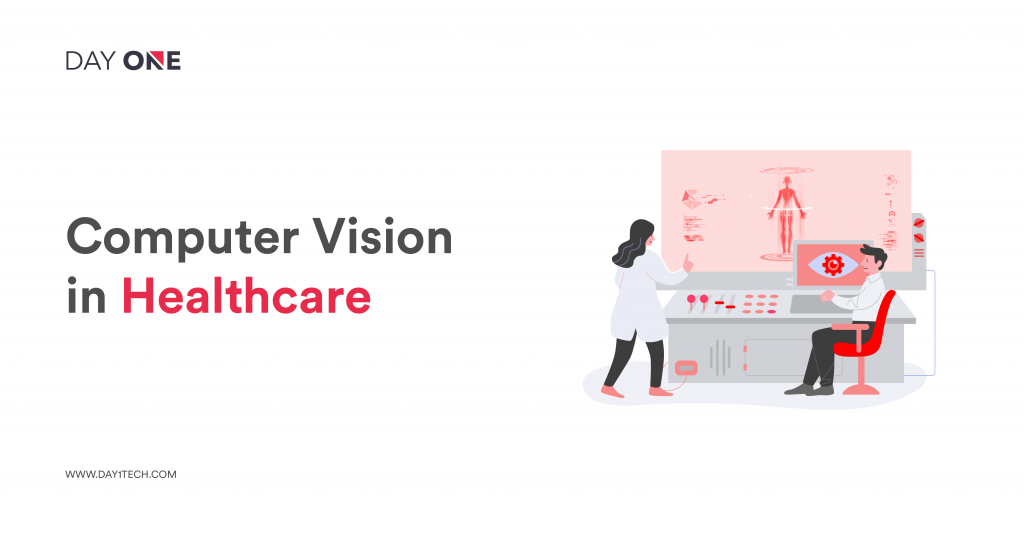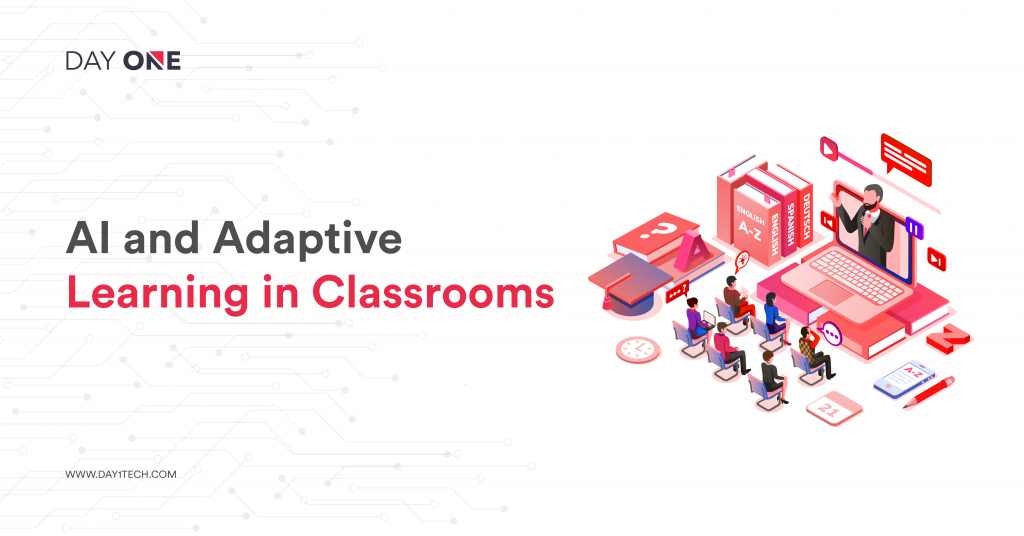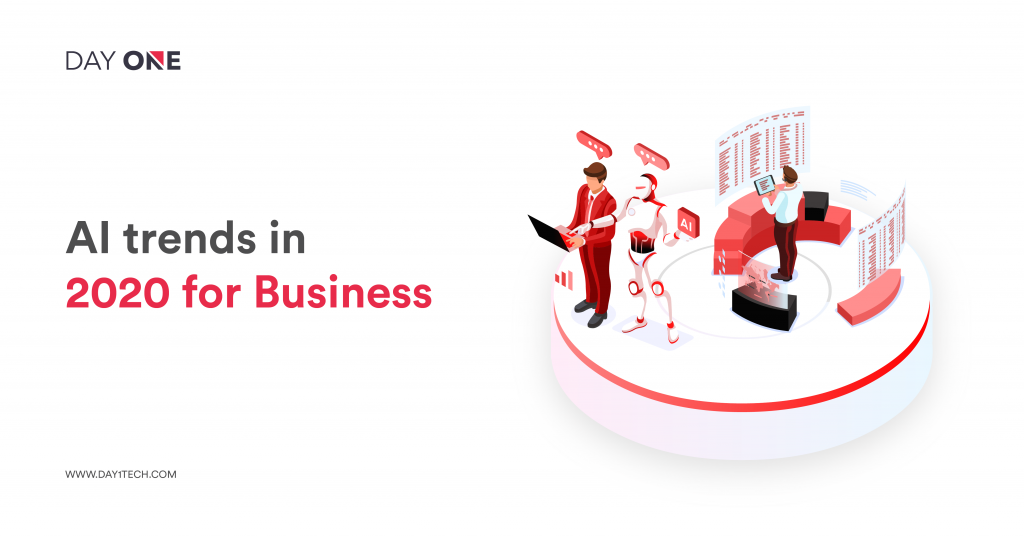Computer Vision in Healthcare: COVID-19 assists, Market 2020 and more
admin
Artificial Intelligence
June 3, 2021
5 min read

What’s the most talked about topic in 2020? COVID-19 pandemic, the state of global healthcare and the aftermath, right? Now let’s rewind the clock by 3-4 months. What’s the most talked about topic now? Artificial Intelligence, right?
But wait, let’s fast forward the calendar by 3 months, to August 2020, do we see a collaboration of the two? Do we see Artificial Intelligence especially machine learning and computer vision doing its magic for healthcare? We think a future with computer vision applications in healthcare is possible and that’s what we are here to talk about.
In most instances computer vision is associated with providing advanced security solutions. But, interestingly, cognitive technology has been of remarkable help in the healthcare sector as well, especially now when battling COVID-19 requires novel ideas. In cities like New York, the technology is being used via CCTV cameras to ensure the norms of social distancing are being followed. In China, computer vision models are being used for contactless screening for COVID-19 in crowded places. In India, computer vision is being used to ensure social distancing is maintained even in the most remote areas.
Although questions such as data privacy, data security, and other ethical concerns of AI are still being debated over, let’s just say at this stage we are only looking at the benefit of AI and computer vision especially in aiding healthcare. Aside from helping fight COVID-19, it has impacted the health sector with Robot-assisted surgeries, virtual nurses, and diagnostics to name a few. Let’s take a deeper look into it all.
Computer Vision and its applications: Shaping the future of Healthcare in 2020 and beyond
Detecting COVID-19 in Medical Imaging:
Coronavirus has left the world in shock. With the world completely unprepared for a pandemic of this scale, viral testing kits are in short supply and alternative ways to detect COVID-19 infections are being sought. One such solution is the examination of lungs via chest X-rays and CT scans which are at hand with medical institutions.
However, there are obstacles. First, using chest imaging in diagnosis does not provide clarity on whether it is a COVID-19 infection or infection of any other nature. And second, not all are in support of it. For instance, the American College of Radiology (ACR) has issued a statement, advising against the use of chest X-rays and CT scans as the first-line test of COVID-19.
But that has not dimmed the spirit of researchers and globally Artificial Intelligence service providers, AI researchers, medical institutions, and physicians are looking at computer vision as a reliable technology for detecting COVID-19.
According to a news article of PCMag,COVID-NET, an open-source deep-learning system developed by the University of Waterloo and Darwin AI is one such example. The system has been trained on COVIDx, a public database that contains 16,756 chest X-rays across 13,645 patient cases including patients infected with COVID-19 and other types of lung infections. With the help of deep learning algorithms, the system can single out features that characterize the different illnesses. Although the system will probably not play a role in the first-line testing of COVID-19, it is still expected to play a key role in reducing the burden on radiologists and help provide a better diagnosis for front line workers with less experience.
The system based on computer vision algorithms is expected to help radiologists rapidly identify people who are in need of diagnosis for COVID-19 infections from others who are infected with influenza or infections of a similar nature. The system is also expected to assist medical institutions which are facing a shortage of supply of test kits. Aside from these situations, the system is also expected to help in positive cases of COVID-19 to determine the extent of infection and care. Even though the system is not ready for production, the results are promising.
Detecting fever in public spaces:
If there is one noticeable environmental change that has resulted due to the pandemic, it is a dramatic climate change globally. Climatic and weather changes naturally bring about some change in human health as well, and season cough and cold, or even flu or influenza is not unnatural. However, while these symptoms are similar to the initial symptoms of the pandemic, these are not sufficient proof and can even be misleading at times. On the other hand, it is indicative enough and one should ideally not dismiss it altogether as general bad health. To combat this challenge, globally startups are effectively leveraging AI tools and developing AI solutions to help in identifying people who might have COVID-19 but are unaware of their situation.
To address this problem, a Singapore based hospital for instance is doing real-time checks with the help of smartphones and thermal sensors. Integrated Health Information Systems (IHiS) along with a local startup KroniKare has developed iThermo, an AI-powered temperature screening system that identifies people having or showing symptoms of fever.
iThermo uses a smartphone fitted with thermal and 3D laser cameras. The computer vision software application processes and analyzes images from the smartphone camera and maps them to images from the thermal camera as well as the laser camera. The thermal camera provides information about the temperature of a person from the facial scan while the laser camera provides information about distance. Another notable feature of this application is it can provide accurate information for about 5000 people and can detect temperatures within a range of three feet which is currently not found in other similar solutions.
Reducing Attrition in clinical trials:
Computer vision for healthcare is proving to be useful in more ways than one and medical practitioners are definitely looking for further uses of computer vision. While business use cases applying AI are several, they have been limited in the healthcare sector. But with this newfound discovery of computer vision applications for healthcare for reducing attrition in clinical trials, we can expect to see a lot of new and interesting use cases in the healthcare sector as well.
AiCure, a startup based in New York has developed an interactive platform Interactive Medical Assistant (IMA) that uses computer vision to monitor a patient’s adherence to prescribed treatments.
The application helps monitor patients as they undergo clinical treatments and users are instructed to inject the drug in front of the phone camera. The camera identifies the patient using facial recognition technology and even determines if the patient has ingested their medication. The algorithm has been built with the help of computer vision, NLP, and neural networks. IMA can see, hear, and understand how patients are responding. The algorithms are trained to notice subtle changes in patients to understand how patients are responding to treatments.
AiCure has claimed their software’s use case is clinically validated. In one study, 100% adherence and retention to study were observed. Although, it must be noted that only 17 participants were involved in the experiment. However, another study conducted by AiCure and RochePharma has claimed to provide 95% adherence and retention. However, for this study, there has been no mention of approval by any institutional review board.
Robot-assisted Surgery:
Another important and valuable application of computer vision is Robot-assisted surgery. The Robot-assisted surgery industry generates approximately US$ 3 billion dollars in the U.S. every year and is expected to grow by almost 15% until 2022 (Source: ALES). According to a report by Accenture, Robot-assisted surgery is expected to provide the most value to the healthcare industry with an estimated savings of US$ 40bn by 2026.
Gauss Surgical offers an application Triton, that can estimate surgical blood loss in real-time with the help of deep learning. With the help of AI image processing in healthcare, Triton can estimate the volume of blood loss. Triton uses images of the blood-stained sponges, suction machines, surgical drapes, and other instruments. The system estimates the potential blood loss of a patient according to the pre-existing data library and provides the same information to the surgeons. Although it does not list its clientele, it is FDA approved and is backed by the likes of Polaris Partners and Softbank Ventures Korea.
Conclusion
The world is moving towards applying computer vision technology for healthcare. In several instances, computer vision is even helping to predict other outbreaks that might prove to be costlier than even COVID-19. With the help of computer vision in healthcare, we are likely to see faster, better, and more accurate surgeries, and even see its uses in other social aspects of our lives. Computer vision can provide us with a better understanding of patients, those who are at risk, and even assist with planning recovery making healthcare more effective and efficient.
Explore More Blogs
Testimonials What customers have to talk about us
Finch (previously Trio) – Growth with Investing, with benefits of Checking
Reading Time: < 1 minThe Finch (previously Trio), one of our clients today has reached this level with our expertise and with a great team of developers in Day One, who have made every stone unturned in making this project a big success.
Neel Ganu Founder
USA
Vere360 – VR based Immersive Learning
Reading Time: < 1 minDay One helped Vere360 “fill skill gaps” and build a platform that would cater to their niche and diverse audience while seamlessly integrate the best of #AI and #VR technology.
Ms. Adila Sayyed Co-Founder
Singapore
1TAM – Video Blogging Reimagined
Reading Time: < 1 min‘1TAM’ was only for iOS with gesture-based controls, advanced video compression techniques, and a simple architecture that allowed actions to be completed in 2-3 taps. The real challenge for ‘1TAM’ was to keep it distinct which bought brilliant results with all the strategies and approaches implied for best video compression techniques.
Anwar Nusseibeh Founder
UAE
Fit For Work – The Science of Workplace Ergonomics
Reading Time: < 1 minDay One Technologies came with the expertise that was required and helped in building a platform that is edgy, functional, and smart, delivering engagement and conversions at every step.
Ms. Georgina Hannigan Founder
Singapore
SOS Method Meditation for ‘Busy Minds’
Reading Time: < 1 minDay One Technologies helped in building an innovative mobile app (for #iOS and #Android) that’s easy-to-use, engaging, and data-driven to help users reap the most at every point.





